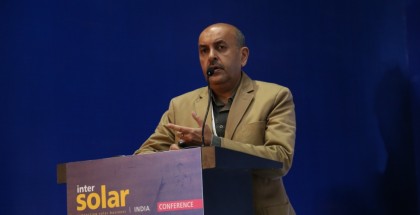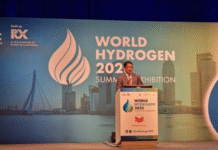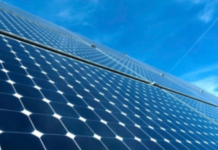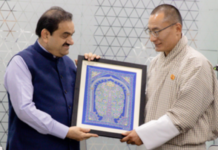Kolkata– The Union government is on the right track to meet the target of generating one lakh MW of solar power by 2022 under the Jawaharlal Nehru National Solar Mission (JNNSM), a top official said on Friday.
“We are on the right track. As on March 2016, solar installation stood at 6,700 MW. At present it is around 7,700 MW. Cumulative capacity of 17,000 MW is expected by March 2017. From the 2017-18 onwards, we need to add 15,000 MW each year,” Ministry of New and Renewable Energy Joint Secretary Tarun Kapoor told IANS.

Around 20,000 MW of solar capacity is in the pipeline, out of that around 14,000 MW of capacity is being installed, he said on the sidelines of an event organised by CII.
Kapoor sounded optimistic about the sustainability and viability of projects when solar tariff emerging out of reverse bidding process has been falling.
Solar tariffs fell to 4.34 a kWhr, which is the lowest as of now. Fortum Finnsurya Energy quoted that tariff to bag mandate to set up a 70 MW solar plant under NTPC’s Bhadla Solar Park tender.
“Tariff has been varying across locations. Developers have their own calculations to make projects viable and sustainable. Low tariffs are coming from various tenders. It is not that tariff falls for only one occasion,” Kapoor said.
Citing a recent bidding for 130 MW of solar projects in Rajasthan, he said: “There are 13 projects, each has the capacity of 10 MW. In that case, tariff falls to 4.35 a kWhr.”
He said if developers failed to execute projects, the bank guarantee of Rs 20 lakh per MW given by the developers will be forfeited and the Centre will re-tender the particular project.
With most of the solar projects concentrated in Gujarat, Rajasthan, Andhra Pradesh, the government, to incentivise pan-India presence of solar projects, is offering viability gap funding for projects in the states where solar penetration is relatively low.
“We are offering viability gap funding to bring down the tariff to Rs 4.50 a kWhr,” he said.
“For West Bengal, I will meet the state officials so that projects could come here and we will offer viability gap funding,” he said. (IANS)







